Cyclopentane 99.5% CAS 287-92-3 is a colorless, fluid, flammable liquid with a benzene-like odor; it is insoluble in water and soluble in most organic solvents such as alcohol, ether, benzene, carbon tetrachloride, acetone, etc.; relative density (water = 1) 0.75 ; Relative density (air = 1) 2.42, stable in nature;; Mainly used as a solvent and standard material for chromatographic analysis.
Harmful effects of Cyclopentane CAS 287-92-3
Inhalation of high concentrations of cyclopentane can cause central nervous system depression, although its acute toxicity is low. Symptoms caused by acute exposure include excitement first, then balance imbalance, stupor, and coma. There are very few deaths due to respiratory failure. It has been reported that oral feeding of this product to animals causes severe diarrhea, leading to collapse of the heart, lungs and liver vessels and brain degeneration.
Specification
Appearance Colorless Clear Liquid, No Suspension, No Odor
Cyclopentane Mass Fraction % ≥95%
Positive Hexane Fraction % ≤0.001
Benzene Mass Fraction % ≤0.0001
Water % ≤0.015
Sulphur ng/u1 ≤2
Other C6 And Under C6 Hydrocarbon % Margin
Density 20ºC,g/cm3 Actual Measurement
Application
1. Replaces Freon's foaming agent, which is widely used in refrigerators and freezers, and other rigid PU foams.
2. Used as a solvent for solution polymerization such as polyisoprene rubber and a solvent for cellulose ether.
3. Chromatographic standard
Packaging
Drum: 145KG/Drum, 80Drums/20GP
Safety & Storage & Handling
*Keep away from open flames, hot surfaces, and sources of ignition.
*Keep containers tightly closed in a dry, cool, and well-ventilated place. Flammables area. Keep away from heat, sparks, and flame.
*Wear personal protective equipment/face protection. Avoid contact with skin, eyes, or clothing. Avoid ingestion and inhalation. Use only non-sparking tools. Use spark-proof tools and explosion-proof equipment. To avoid ignition of vapors by static electricity discharge, all metal parts of the equipment must be grounded. Take precautionary measures against static discharges.



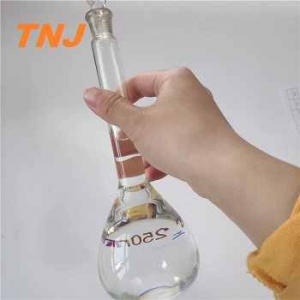
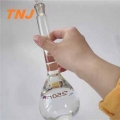
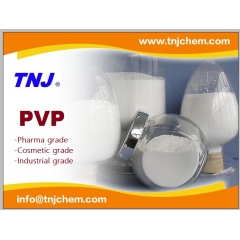
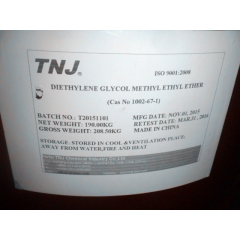

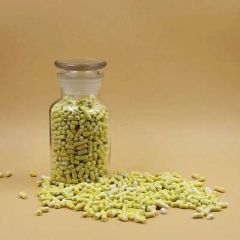
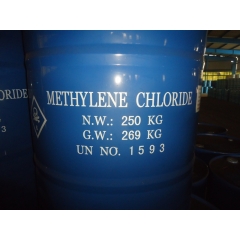
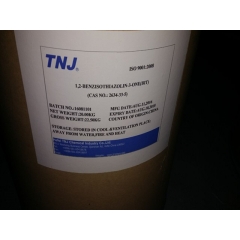
 chemical.tnj
chemical.tnj +8618949823763
+8618949823763 tnjchem
tnjchem 2881500864
2881500864